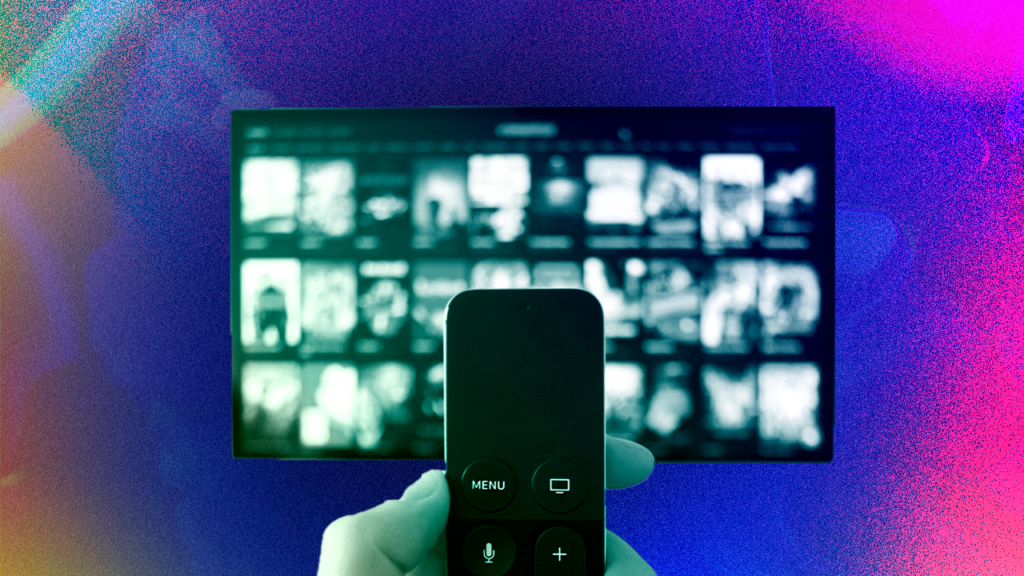A recent report by GWI shows that today’s 16 to 24-year-olds are a lot like The Golden Girls: they spend hours on the couch watching TV and gossiping with their besties. That’s good news for savvy marketers willing to craft a context-aware marketing strategy.
Digital Is The Waking Life: Gen Z Spends Most Of Their Free Time Connected
Digital spaces are now where Gen Z spends most of their free time. According to GWI, Gen Z Americans spend almost three hours daily on social media, more than any other demographic group in the US. They also spend an hour and 23 minutes gaming and an hour and 34 minutes streaming online TV. That’s in addition to the hour and 28 minutes spent watching traditional, linear television.
The Second Screen Echo Effect
Gen Z is not just always connected—they also usually interact with multiple devices simultaneously. While that isn’t a surprise if you’ve been near a teenager in the last five years or so, what is new is the explosion of content choices and mobile tools. Consumers have multiple devices and opportunities to shop without getting off the couch or picking up a laptop. Mobile phone features that allow consumers to shop TV scenes or authenticate in-game purchases instantly from an app mean marketers have numerous opportunities to drive Gen Z consumers towards engagement—or away from it.
The same ad, out of context and on repeat, can deaden viewer interest.
Knowing that Gen Z people are likely connected to multiple content experiences and interacting with friends on social at the same time, brand marketers should be mindful of the echo effect. A good ad campaign is like a great TikTok video—engaging, informative, or amusing, and appears at the right time—based on what the viewer is interested in at that moment. When there’s an echo of something great—like a beat from a sound system—it’s danceable and a pleasure to experience. But ads that are irrelevant and track consumers from device to device are the wrong kind of echo—persistent and slightly creepy. That’s something users never want to see or hear again.
What This Means For Marketers
Digital spaces are now “home” for Gen Z. Online connections are almost always on or nearby. That makes it easier for marketers to find Gen Z consumers, but it also means they are likely already inundated with ads. Because they are always connected, they may see the same ads on repeat. Too many ads appearing on something always on and rarely out of sight may feel like an invasion of personal space. That means relevance is important, as is context.
For Gen Z, context matters a lot. While this demographic reports skipping ads more than other age groups, they are most influenced to make a purchase when viewing ads on TikTok, according to a recent YPulse report. This makes sense, as TikTok adoption has grown by over 40% since 2020, according to the GWI report. Gen Z consumers also use the internet 9% less this year to find information. There may be a reason for that: the rise of social search.
According to the report:
“TikTok is spearheading this shift in finding information online. The appeal of TikTok is real people recounting their real experiences instead of a search engine offering up hundreds of links that may get you the answer you’re looking for.”
That makes the social ads and TikTok-based campaigns especially powerful when they deliver information that can be found easily in a search.
Overall, the study found that Gen Z consumers are more likely to make a purchase based on viewing ads on social media and YouTube than on cable TV, for example.
Learn more by downloading the report.

